Even the pros don’t always get it right. Over the years, interior designers and decor influencers have jumped on trend bandwagons that seemed brilliant at the time—only to cringe later as styles fell out of favor or proved completely impractical. From paint colors that aged poorly to furniture choices that sacrificed comfort for aesthetics, even experts have their share of home decor regrets. In this candid roundup, we’re spilling the tea on 12 trends that design insiders secretly wish they’d never promoted.
1. The Great Kitchen Expansion
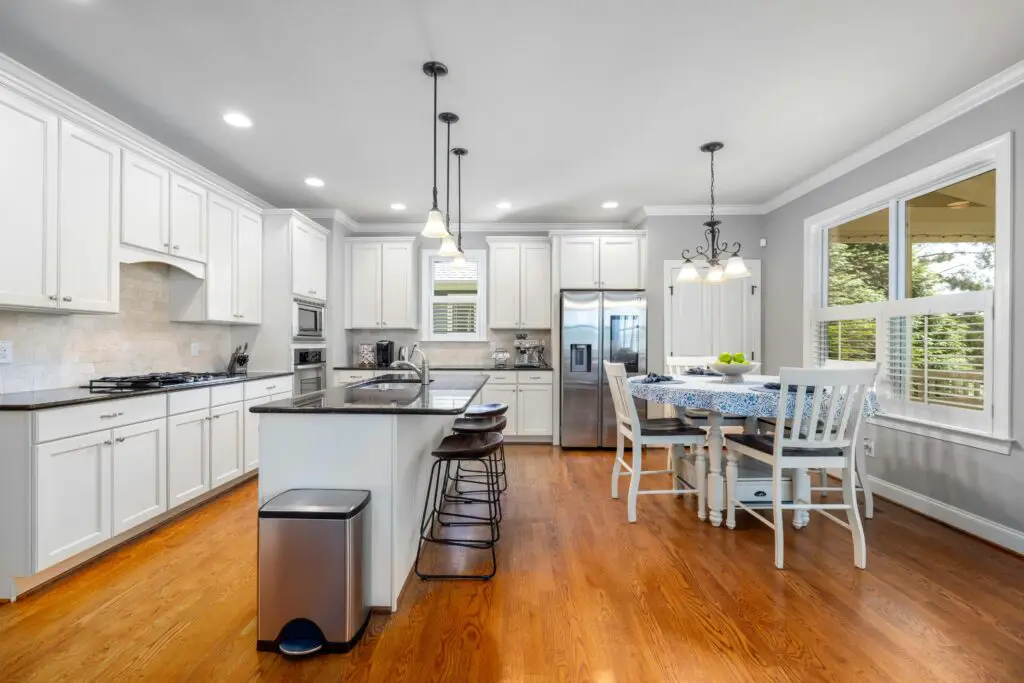
We all swooned over giant, open-concept kitchens—massive islands, multiple prep zones, enough counter space to land a small plane. But in hindsight? Maybe we went a little overboard. Designers now admit that these vast spaces often feel more like empty showrooms than cozy hubs. They’re hard to clean, tough on the budget (hello, energy bills!), and frankly, a bit of a letdown if you’re not hosting daily dinner parties for 12. Sometimes, less really is more.
The trend of creating expansive, oversized kitchens has been driven by a desire for larger spaces that can accommodate both cooking and socializing. Open-plan kitchens with expansive islands, multiple cooking zones, and sprawling countertops can create an impressive visual impact. However, an oversized kitchen can often lead to wasted space, which makes it less functional than anticipated, notes Kitchen Warehouse. Larger kitchens may become harder to maintain and clean, and unless the space is truly needed for cooking and entertaining, it can feel excessive. Furthermore, oversized kitchens may increase utility costs, as the larger the space, the more energy it takes to heat or cool it efficiently.
2. Themed Room Overkill
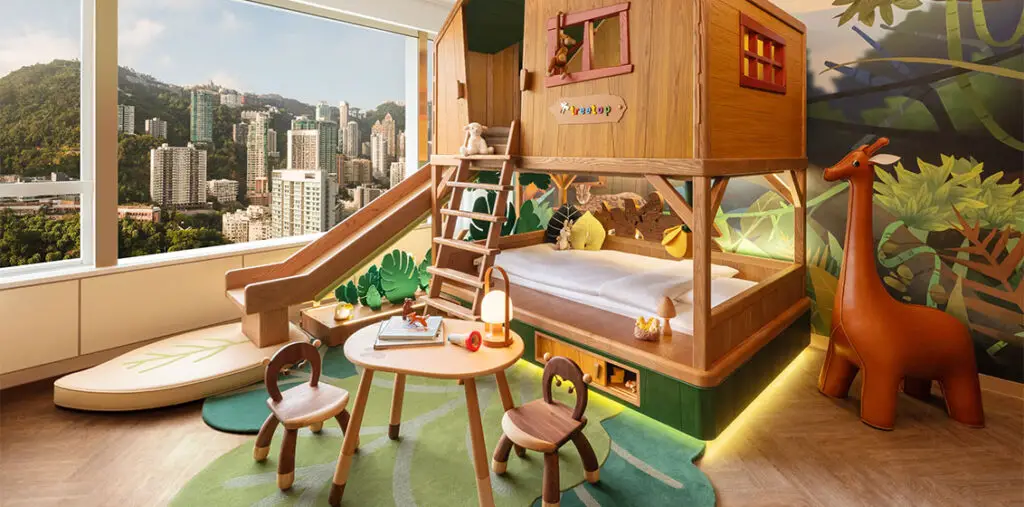
You remember that nautical guest bathroom or the jungle-themed nursery that was Pinterest gold? Designers do too—and they’re cringing a little. Overly themed rooms tend to feel more like stage sets than real spaces. They’re tough to evolve and can come off as kitschy rather than curated. Experts now say: skip the script. Let your personality guide the decor, not a costume department.
Gone are the days of overly themed rooms where every single detail has to fit a narrow concept. From nautical-inspired kitchens to jungle-themed bathrooms, these spaces feel forced and one-dimensional. According to Architectural Digest, these rooms lack personal style and can make a home feel less versatile and disconnected. Instead, create a cohesive design that blends different styles and allows for more flexibility and creativity in the space.
3. Wall-to-Wall Carpeting Comeback? Let’s Not.
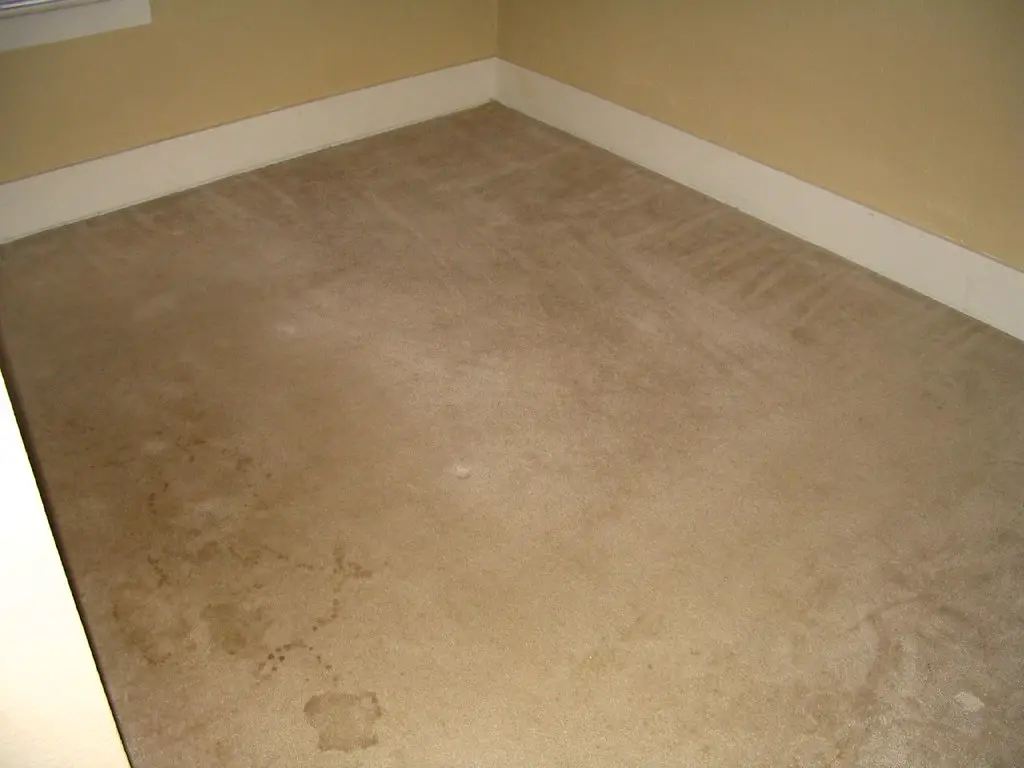
Once the height of cozy living, wall-to-wall carpeting has officially lost its charm. While it might feel soft underfoot, it’s a magnet for allergens, dust, and regret. Many pros wish they hadn’t encouraged its comeback. Today’s homeowners are leaning toward hard floors that are easier to clean, more versatile, and won’t trap decades of mystery lint.
As noted by The Spruce, hardwood floors, tiles, and modern vinyl options are much easier to clean and have a longer lifespan. These flooring options also add a sleek, more contemporary look to your home that feels fresher and more polished.
4. Faux Finishes, Real Regrets

There was a time when faux wood paneling and stick-on brick walls felt like genius budget hacks. That time has passed. What once seemed “chic on a shoestring” now reads as cheap and flimsy. Experts are waving the white flag, admitting that no fake finish can replace the feel—and timelessness—of the real deal. If you can, splurge on the authentic stuff. Your future self will thank you.
Faux finishes, such as faux wood paneling or faux brick, have long been used as affordable alternatives to their real counterparts. While they may seem like a cost-effective option at first, they often appear cheap and don’t provide the same timeless appeal as natural materials. According to Elle Decor, many people are moving toward genuine materials that offer both durability and elegance, like real wood, stone, and metal. Natural finishes will give your space a more luxurious and authentic look, helping it age better over time.
5. Excessive Open Shelving
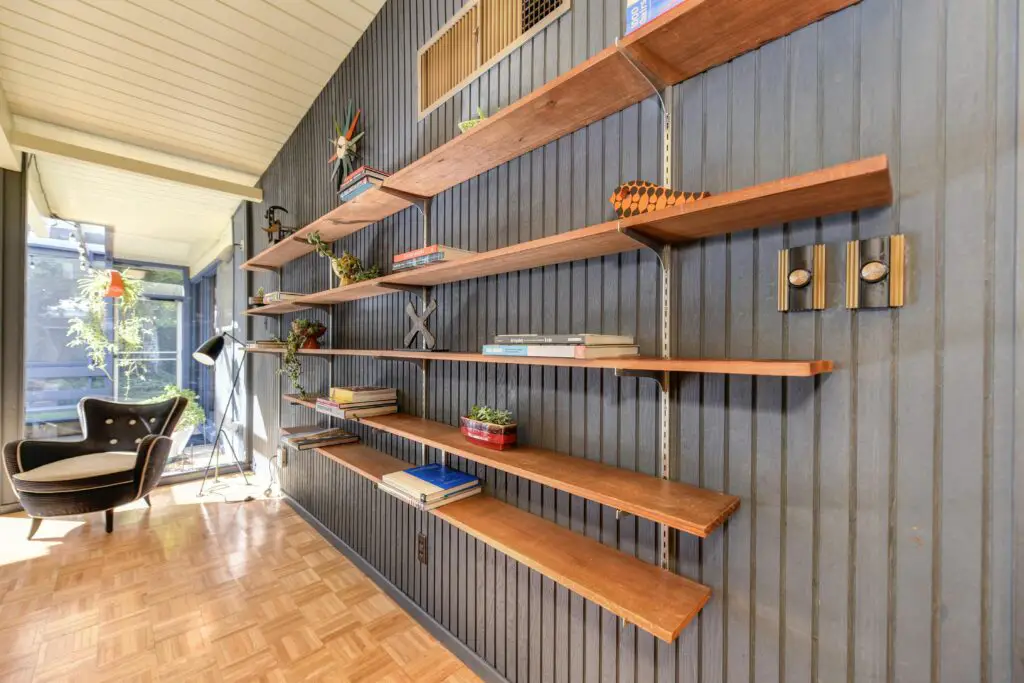
Open shelving has been a trendy choice for kitchens and bathrooms, but its appeal has started to wear thin. While open shelves provide an opportunity for display, they also require constant maintenance to keep everything looking tidy. As reported by House Beautiful, cluttered open shelves can make a space feel chaotic rather than organized. Closed cabinetry offers a more streamlined and practical solution for most homes, keeping the room tidy and allowing for a more curated, less hectic feel.
Open shelving can quickly become a dumping ground for miscellaneous items, turning your kitchen into a cluttered eyesore. It’s also difficult to maintain and regularly clean, especially when items accumulate dust and grime. Instead of opting for open shelving, choose smart storage solutions like pull-out cabinets or built-in units that allow you to keep everything behind closed doors. This way, your kitchen can stay organized, visually pleasing, and functional without the constant upkeep that comes with open shelves.
6. Overuse of Granite Countertops
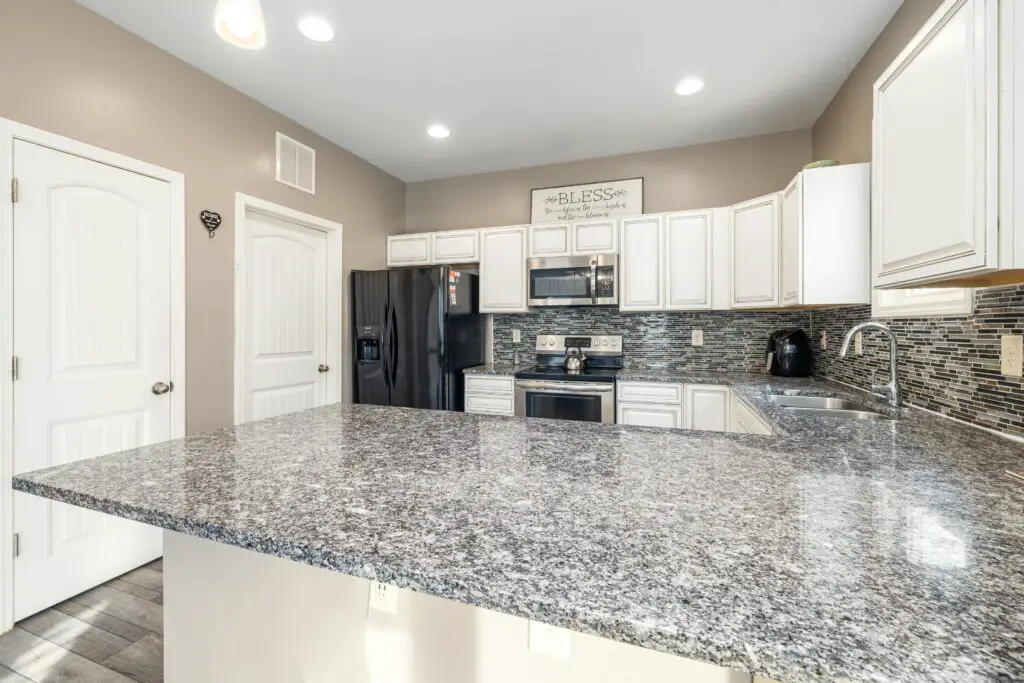
Granite countertops had their moment—a long, long moment. But somewhere along the line, the trend turned from luxe to lackluster. Designers are now shifting toward quartz, marble, and even sustainable composites. Not only are they easier to maintain, but they also offer more color variety and personality. Granite, we salute your service—but it’s time to pass the baton.
Granite is heavy and can be challenging to maintain, especially if you’re not properly sealing the surface. In addition, its often predictable patterns and colors can make it feel less unique compared to newer materials. With so many high-quality alternatives available, there’s no need to stick with granite when you can choose something more innovative and on-trend. Moving to a more varied countertop material can breathe new life into your kitchen and make it feel more contemporary.
7. Farmhouse Fatigue
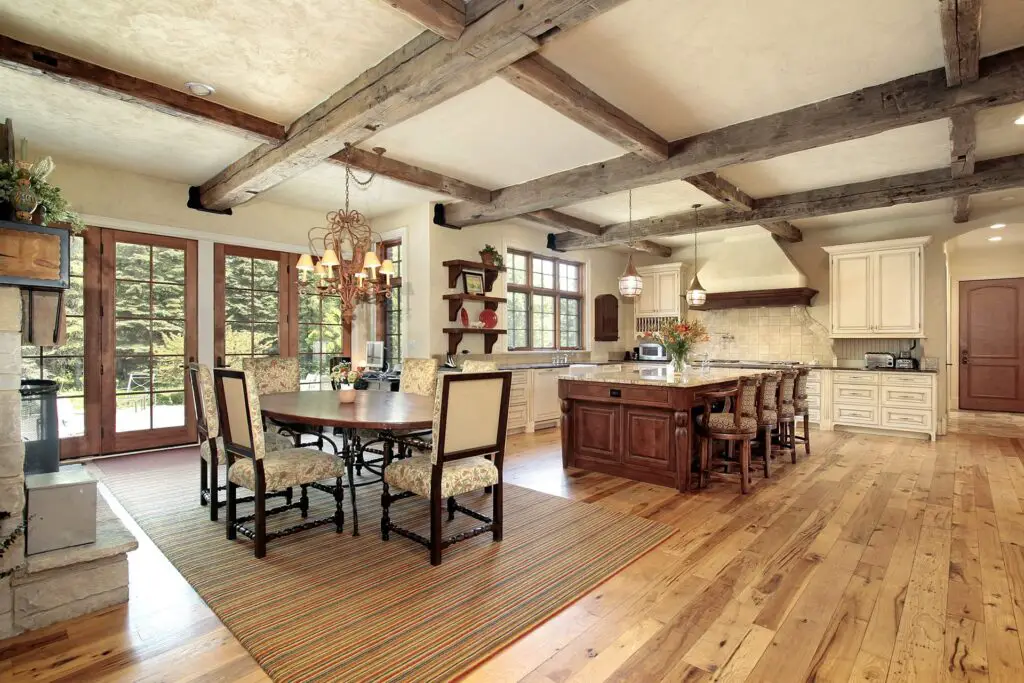
We all got swept up in the farmhouse wave—shiplap walls, barn doors, and enough mason jars to stock a country fair. But now? Even the designers who pushed it hardest are itching for something fresher. The rustic charm has tipped into cliché territory, and everyone’s ready for cleaner lines and less chicken-wire decor. Farmhouse? We love you, but it’s time to evolve.
Instead of overloading your space with country-inspired decor, opt for a more updated version of rustic elegance. Choose clean lines, modern lighting, and quality materials like leather and metals to create a more sophisticated version of the rustic look. By ditching excessive farmhouse elements, you can achieve a more timeless and versatile style that still feels cozy and inviting without feeling stuck in the past.
8. Overly Saturated Colors
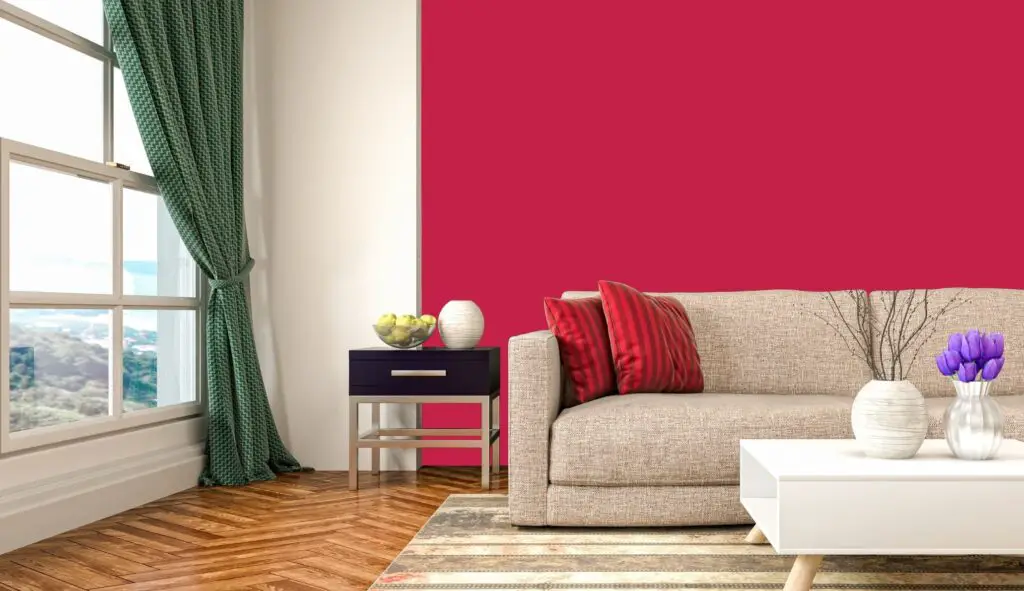
Statement walls! Cobalt kitchens! Mustard bathrooms! Bold, saturated colors had their time in the spotlight, but too much of a good thing can turn overwhelming fast. Designers now admit that an all-bold-everything palette can make spaces feel heavy and dated. The new move? Softer, layered neutrals with pops of color that don’t scream for attention.
While saturated colors can make a bold statement, they often overpower the space and limit how you can decorate. For a more balanced and inviting feel, go for a neutral foundation and use vibrant accents to add energy. This approach allows you to experiment with bold colors without committing to an entire room of them, giving you more control over the vibe of your space. Neutrals provide a perfect backdrop for artwork, furniture, and decor that truly stand out without clashing.
9. Excessive Industrial Elements
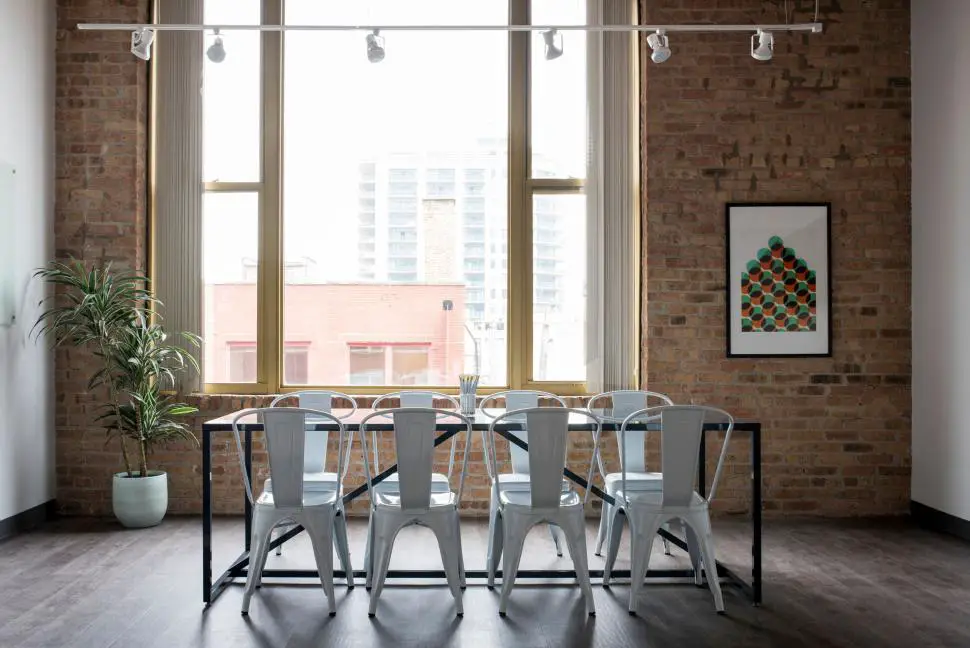
Once considered the ultimate in edgy chic, industrial decor—think pipes, concrete, and raw metal—has become a bit too… cold. Designers who once gushed about loft-style living are dialing it back, favoring cozy textures and warmer materials. A touch of industrial is fine, but if your living room feels like a warehouse, maybe it’s time to invite some softness back in.
While industrial design can add character, an overabundance of metal and concrete can make a space feel sterile and uninviting. Softening the look with plush furniture, wooden accents, and warmer tones can make the room feel more comfortable. By mixing in these elements, you can still maintain a sense of modernity without feeling like you’re living in a factory. Striking the right balance between industrial features and softer elements ensures your home remains stylish and livable.
10. Overly Ornamented Lighting Fixtures
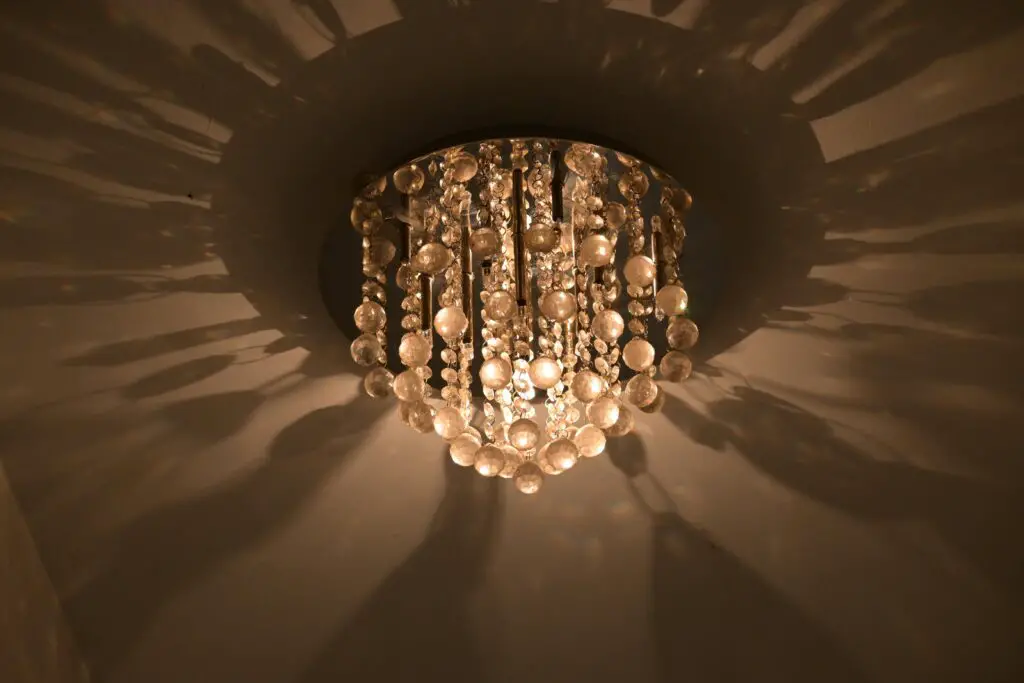
Statement lighting can elevate a room, but some fixtures went from showstoppers to scene-stealers (in a bad way). Ornate chandeliers in every room? Not so much. Designers now confess that simpler is often better. Clean, modern lighting can still make a statement—without shouting.
Lighting should complement a room, not dominate it. Simple, elegant fixtures can create a calming atmosphere while still providing ample illumination. Look for fixtures that provide function and form, avoiding excessive ornamentation. By keeping lighting fixtures understated yet stylish, you create a more refined and balanced look that supports the overall design of your space.
11. Overly Saturated Accent Walls
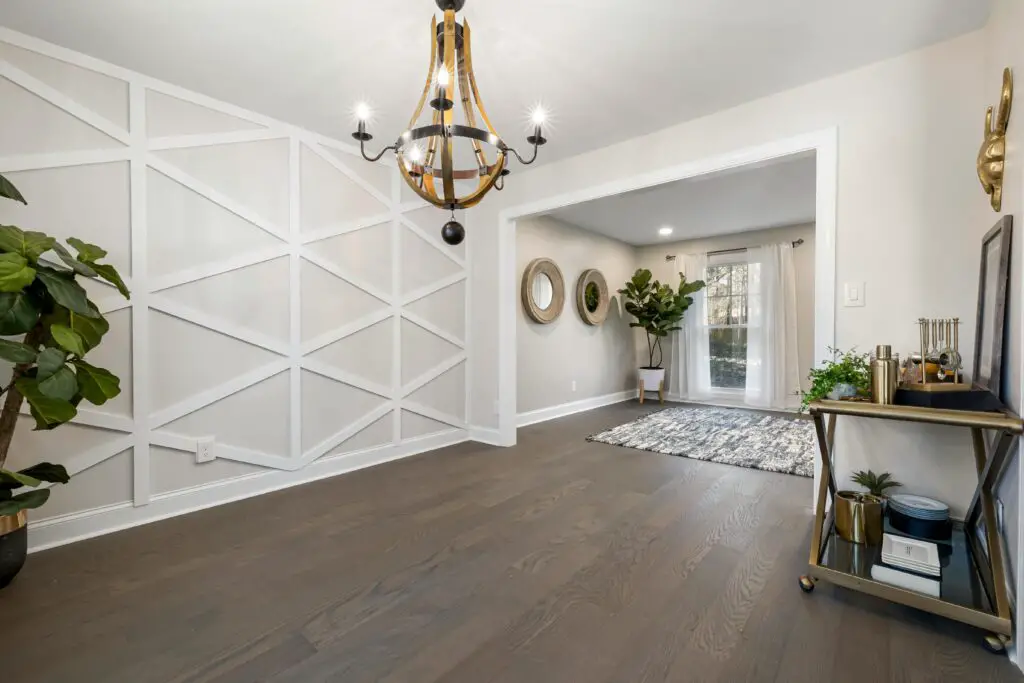
Remember when painting one wall bright red was the pinnacle of cool? Yeah… turns out it’s not aging well. Designers now prefer bringing color into a space through textiles, art, and accessories rather than giving one wall all the attention. Accent walls had their time, but like a one-hit wonder, they’re best left in the early 2010s.
By integrating accents of color throughout the room, you create a more cohesive and dynamic look that allows the space to feel more fluid. Instead of focusing on one bold wall, bring in color through throw pillows, artwork, or patterned rugs. This will help maintain a harmonious feel while still allowing you to introduce pops of personality and style.
12. Vinyl Flooring as a Long-Term Solution

Vinyl flooring had a huge moment as a budget-friendly, easy-install option. And while it’s still handy for short-term fixes, many designers are pulling back on endorsing it as a long-term solution. Over time, vinyl can warp, peel, and fade—especially in high-traffic or sun-drenched areas. When possible, opt for higher-quality flooring that will go the distance.
Moreover, vinyl is not as sustainable as other materials, as it’s made from synthetic plastics that aren’t biodegradable. The environmental impact of vinyl flooring, from production to disposal, can be significant, contributing to plastic waste in landfills. For homeowners who are looking for a more eco-friendly and long-lasting option, alternative flooring materials such as bamboo, cork, or high-quality ceramic tiles may be a better investment. Although vinyl can be cost-effective in the short run, it may lead to increased replacement costs and environmental concerns in the long term.
